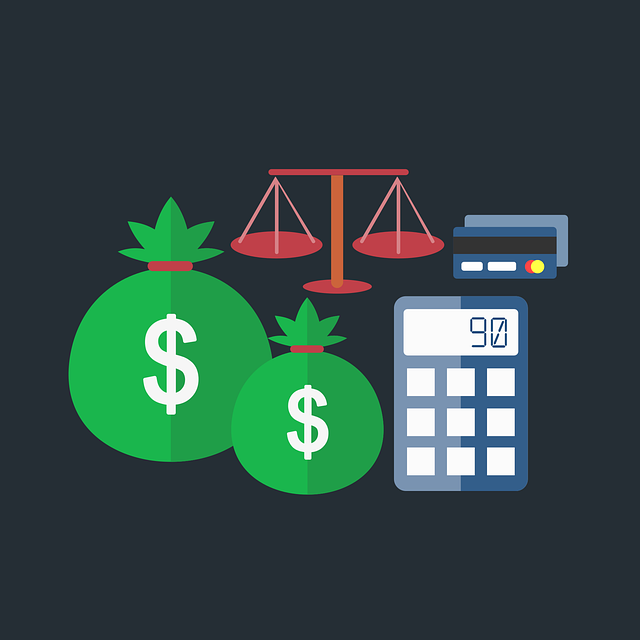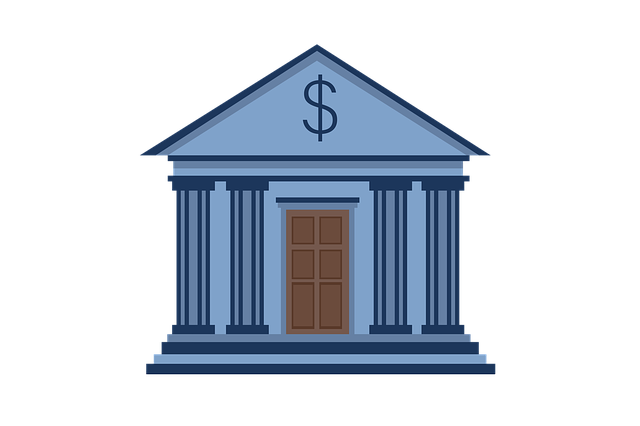Understanding alternative business loan expenses requires analyzing upfront origination fees, varying annual percentage rates (APRs), and late payment penalties from online lenders and crowdfunding platforms. Deciphering loan fees is crucial for small businesses to avoid hidden costs and ensure sustainable financial strategies. A strategic approach involves comparing loan fees and loan interest rates from various lenders, negotiating rates, and considering government-backed or CDFI options for lower loan fees. Staying informed about market trends ensures the best terms aligned with individual business needs.
In today’s diverse business landscape, exploring alternative loan options is crucial for entrepreneurs seeking capital. This article provides a comprehensive evaluation of alternative business loan expenses, offering insights into understanding and managing various costs. From deciphering different loan fees, such as origination charges and prepayment penalties, to uncovering factors influencing interest rates, we guide readers through strategies for optimizing loan terms. By implementing these tactics, businesses can effectively minimize overall expenses, ensuring more favorable financial outcomes.
- Understanding Alternative Business Loan Expenses: A Comprehensive Overview
- Deciphering Loan Fees: Types and Factors Influencing Costs
- Strategies for Optimizing Loan Interest and Minimizing Overall Expenses
Understanding Alternative Business Loan Expenses: A Comprehensive Overview

Understanding Alternative Business Loan Expenses involves a deep dive into the various charges associated with non-traditional financing options. Unlike conventional business loans from banks, alternative loans, such as those offered by online lenders or crowdfunding platforms, often come with unique fee structures. These can include upfront origination fees, annual percentage rates (APRs) that vary widely, and potential late payment penalties.
Comprehending these loan fees is crucial for business owners aiming to make informed decisions. While alternative loans may be more accessible and faster, the total cost over time could significantly differ from traditional loans. Analyzing the loan interest rates, fee breakdowns, and repayment terms is essential to avoid hidden costs and ensure a sustainable financial strategy.
Deciphering Loan Fees: Types and Factors Influencing Costs

Deciphering Loan Fees is a crucial step in understanding the true cost of Alternative Business Loans. These fees encompass various components, each playing a significant role in the overall expense structure. Loan interest rates, for instance, are the primary driver of financial burden, reflecting the risk associated with lending to businesses. Beyond interest, borrowers should scrutinize origination fees, which cover the administrative costs of processing the loan. These fees can vary widely among lenders, so it’s essential to compare offers to find the most cost-effective option.
Additional charges like late payment penalties, prepayment fees, and documentation fees further complicate the picture. These miscellaneous expenses can add up, especially for small businesses with fluctuating cash flows. To navigate this labyrinth, borrowers must meticulously review loan terms, asking questions about each fee’s purpose and potential impact on their financial health. Understanding these factors empowers business owners to make informed decisions, ensuring they secure the most favorable financing terms.
Strategies for Optimizing Loan Interest and Minimizing Overall Expenses

When evaluating alternative business loans, a key strategy for optimizing expenses is to meticulously compare loan fees and loan interest rates offered by various lenders. Researching and contrasting these elements can significantly reduce overall financial burden. Look beyond the annual percentage rate (APR); examine the breakdown of loan fees, including application charges, origination fees, and any hidden costs. This transparent approach ensures you grasp the full scope of expenses associated with each alternative loan option.
To minimize costs, consider negotiating loan interest rates, especially if your credit profile is strong or your business has a solid financial history. Some lenders offer flexible terms and tailored packages for specific industries. Additionally, exploring government-backed loans or community development financial institutions (CDFI) can provide access to affordable funding with lower loan fees. Regularly reviewing market trends and staying informed about changing loan products will empower you to secure the best terms for your business needs.






